How To Grow A Healthy Chokeberry Shrub In Your Garden
Here are some additional tips for growing a healthy chokeberry shrub:
- Mulch around the shrub to help retain moisture and suppress weeds.
- Prune the shrub in the early spring to remove dead or diseased branches.
- Protect the shrub from deer and other animals by surrounding it with a fence or netting.
Chokeberry shrubs are a versatile addition to any garden. They are hardy, drought-tolerant, and provide food and shelter for wildlife. The berries are also a good source of antioxidants and other nutrients.
For more information about chokeberry shrubs, visit Garden Wiki.
FAQ of chokeberry shrub
- What are chokeberries?
Chokeberries are a type of deciduous shrub that is native to North America. They are known for their dark purple or black berries, which are high in antioxidants and other nutrients. Chokeberries can be eaten fresh, cooked, or made into juice, wine, or jelly.
- How do chokeberries grow?
Chokeberries grow best in full sun and well-drained soil. They are relatively easy to care for and can tolerate a wide range of conditions. Chokeberries typically reach maturity in 5-7 years and can live for many decades.
- Are chokeberries poisonous?
The unripe berries of chokeberries can be poisonous, but the ripe berries are safe to eat. The ripe berries have a tart flavor that can be improved by cooking or freezing.
- What are the benefits of chokeberries?
Chokeberries are a good source of antioxidants, which can help protect the body against damage from free radicals. They also contain anthocyanins, which have been shown to have anti-inflammatory and cancer-fighting properties. Chokeberries are also a good source of fiber, vitamin C, and potassium.
- How can I propagate chokeberry bushes?
Chokeberry bushes can be propagated from seed, cuttings, by layering, or by digging up suckers. Seed is the most common method of propagation, but it can take several years for the plants to reach maturity. Cuttings are a faster way to propagate chokeberry bushes, but they are more difficult to root. Layering is a good way to propagate chokeberry bushes if you already have an established plant. Digging up suckers is the easiest way to propagate chokeberry bushes, but it is only possible if the plant has suckers.
- What are some common pests and diseases of chokeberry shrubs?
The most common pests of chokeberry shrubs are aphids, scale insects, and borers. The most common diseases of chokeberry shrubs are leaf spot, powdery mildew, and rust. These pests and diseases can be controlled with insecticidal soap, horticultural oil, or neem oil.
Image of chokeberry shrub
10 different images of chokeberry shrub that are free to use:
- Black chokeberry shrub in bloom. The flowers are small and white, and they bloom in clusters.
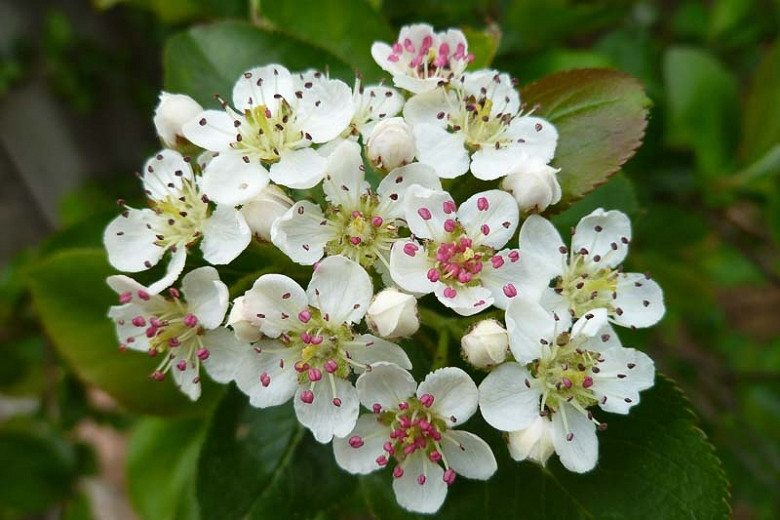
- Black chokeberry shrub with ripe berries. The berries are small and black, and they are edible.

- Close-up of black chokeberry berries. The berries are shiny and have a tart flavor.

- Black chokeberry shrub in fall. The leaves turn a beautiful red or orange color in the fall.
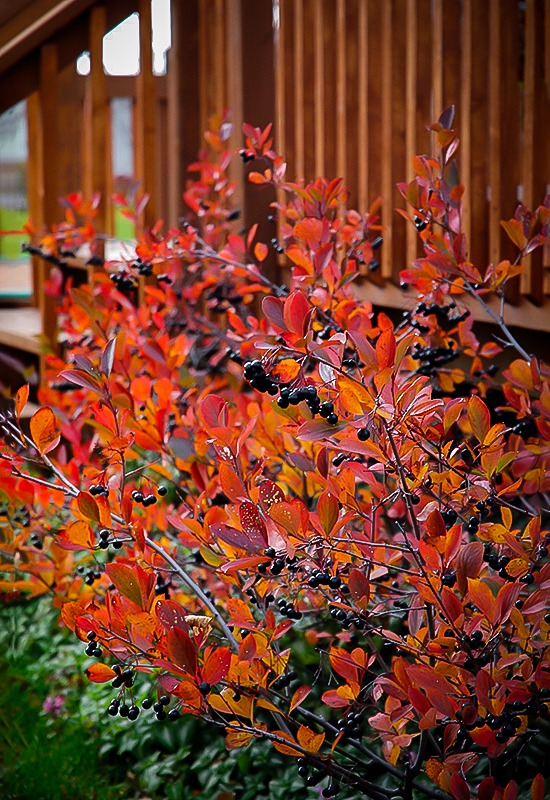
- A row of black chokeberry shrubs. Chokeberry shrubs can grow up to 6 feet tall and wide.
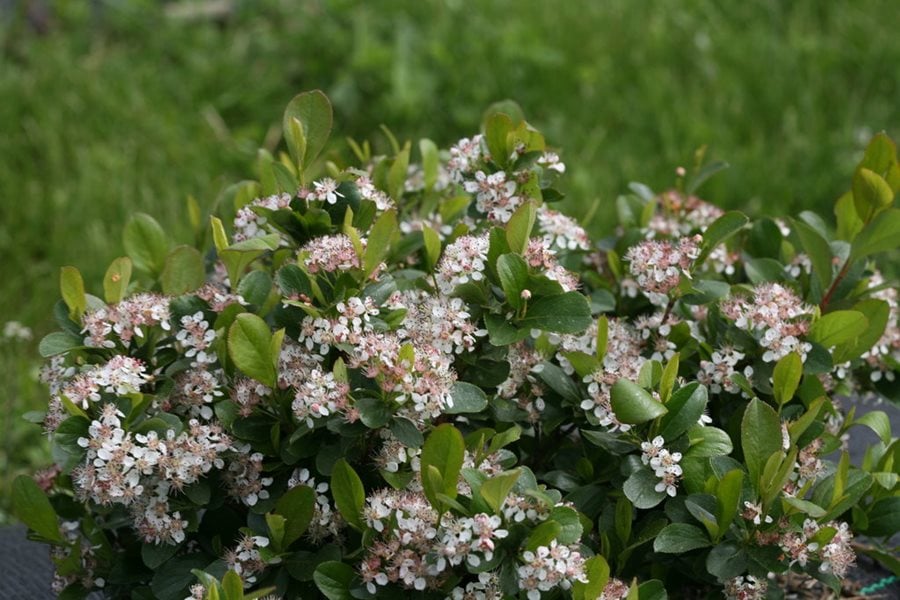
- A chokeberry shrub in a garden. Chokeberry shrubs are a popular choice for landscaping because they are hardy and attractive.
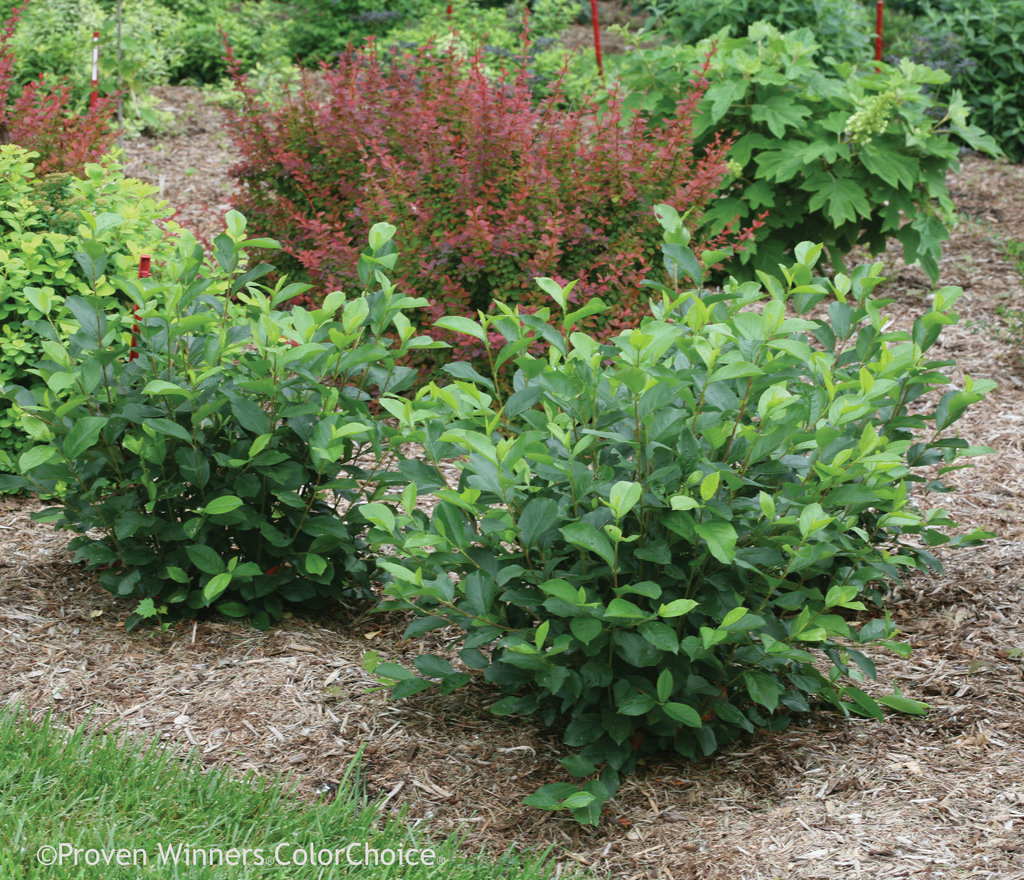
- A chokeberry shrub in a pot. Chokeberry shrubs can also be grown in pots, making them a good option for small spaces.
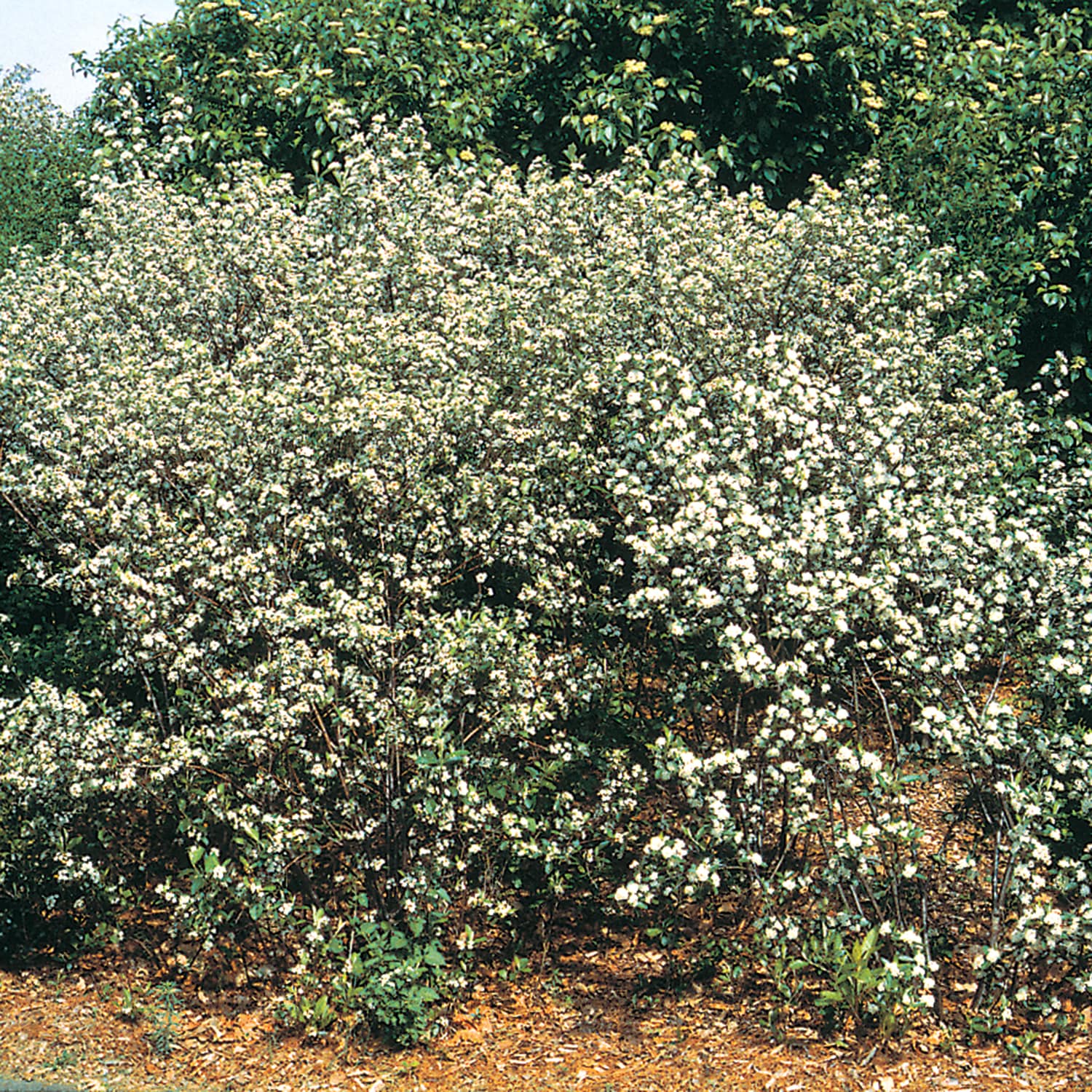
- A chokeberry shrub with snow on it. Chokeberry shrubs are winter-hardy and can tolerate cold weather.

- A chokeberry leaf. The leaves of chokeberry shrubs are glossy and dark green.
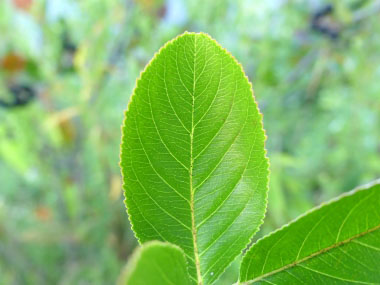
- A chokeberry flower. The flowers of chokeberry shrubs are small and white.
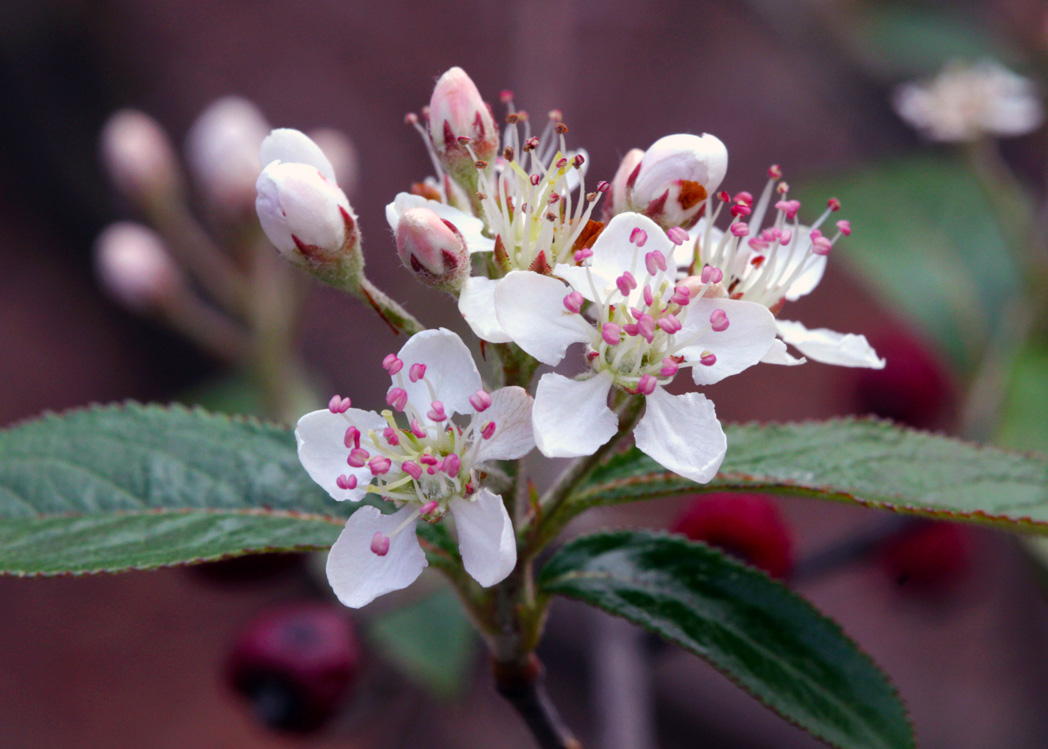
Post a Comment for "How To Grow A Healthy Chokeberry Shrub In Your Garden"